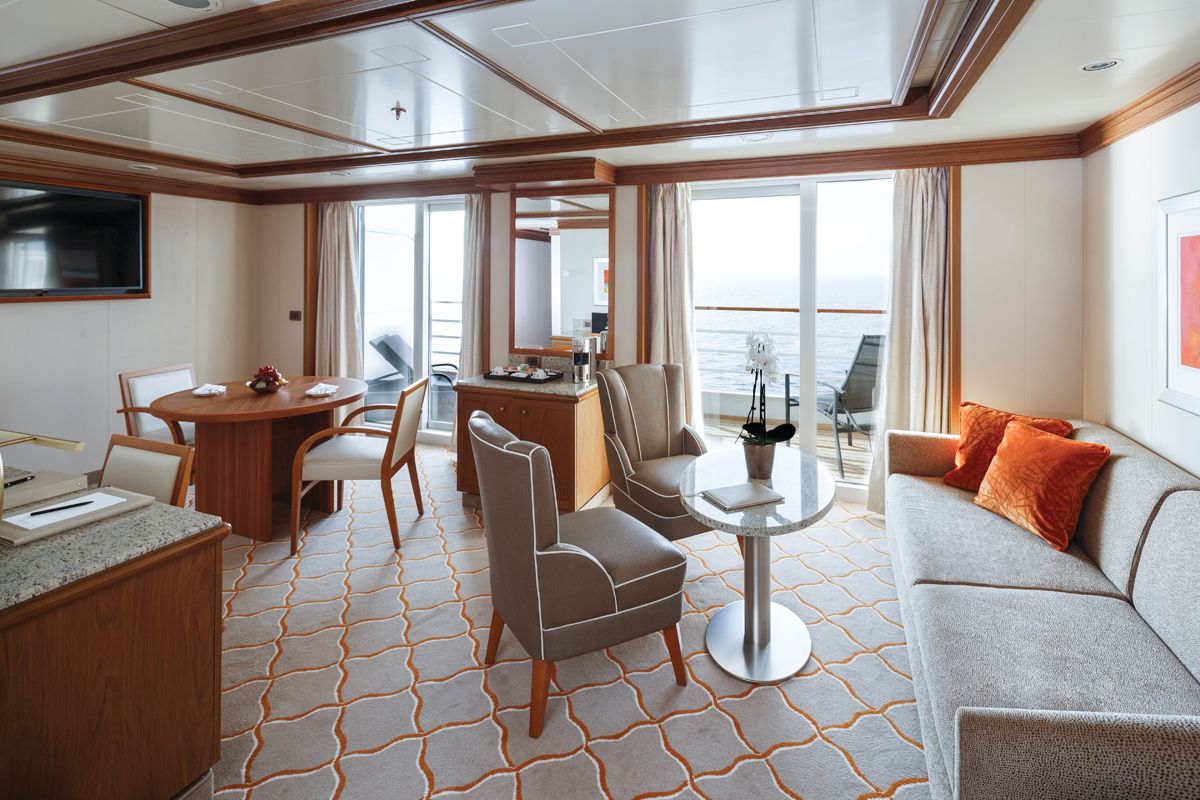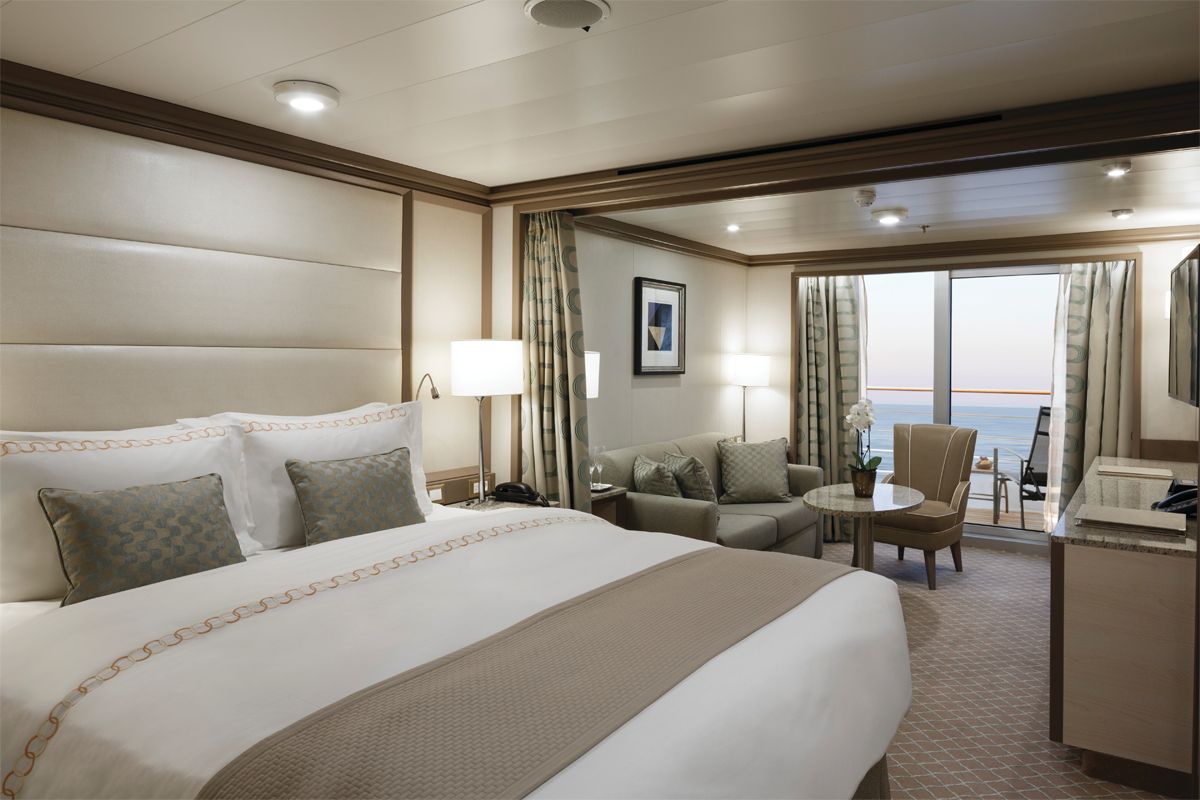

Go beyond your boundaries and explore the world as never before.
The Kingdom of Denmark is the geographical link between Scandinavia and Europe. Half-timber villages and tidy farms rub shoulders with towns and a few cities, where pedestrians set the pace, not traffic. In the capital, Copenhagen—København in Danish—mothers safely park baby carriages outside bakeries while outdoor cafés fill with cappuccino-sippers, and good looking Danes pedal to work in lanes thick with bicycle traffic. The town was a fishing colony until 1157, when Valdemar the Great gave it to Bishop Absalon, who built a castle on the site of what is now the parliament, Christiansborg. It grew as a center on the Baltic trade route and became known as købmændenes havn (merchants' harbor) and eventually København.
In the 15th century it became the royal residence and the capital of Norway and Sweden. From 1596 to 1648 Christian IV, a Renaissance king obsessed with fine architecture, began a building boom that crowned the city with towers and castles, many of which still stand. They're almost all that remain of the city's 800-year history; much of Copenhagen was destroyed by two major fires in the 18th century and by British bombing during the Napoleonic Wars.
Today’s Copenhagen has no glittering skylines and little of the high-stress bustle of most capitals. The morning air in the pedestrian streets of the city's core is redolent of baked bread and soap-scrubbed storefronts. If there's such a thing as a cozy city, this is it.
One of Scandinavia's oldest cities, Trondheim was the first capital of Norway, from AD 997 to 1380. Founded in 997 by Viking king Olav Tryggvason, it was first named Nidaros (still the name of the cathedral), a composite word referring to the city's location at the mouth of the Nidelva River. Today, it's Central Norway's largest (and Norway's third largest) city, with a population of 150,000. The wide streets of the historic city center remain lined with brightly painted wood houses and striking warehouses. But it's no historic relic: it's also the home to NTNU (Norwegian University of Science and Technology) and is Norway's technological capital.
What sets Oslo apart from other European cities is not so much its cultural traditions or its internationally renowned museums as its simply stunning natural beauty. How many world capitals have subway service to the forest, or lakes and hiking trails within city limits? But Norwegians will be quick to remind you that Oslo is a cosmopolitan metropolis with prosperous businesses and a thriving nightlife.
Once overlooked by travelers to Scandinavia, Oslo is now a major tourist destination and the gateway to what many believe is Scandinavia's most scenic country. That's just one more change for this town of 650,000—a place that has become good at survival and rebirth throughout its 1,000-year history. In 1348 a plague wiped out half the city's population. In 1624 a fire burned almost the whole of Oslo to the ground. It was redesigned and renamed Christiania by Denmark's royal builder, King Christian IV. After that it slowly gained prominence as the largest and most economically significant city in Norway.
During the mid-19th century, Norway and Sweden were ruled as one kingdom, under Karl Johan. It was then that the grand main street that's his namesake was built, and Karl Johans Gate has been at the center of city life ever since. In 1905 the country separated from Sweden, and in 1925 an act of Parliament finally changed the city's name back to Oslo. Today, Oslo is Norway's political, economic, industrial, and cultural capital.
What sets Oslo apart from other European cities is not so much its cultural traditions or its internationally renowned museums as its simply stunning natural beauty. How many world capitals have subway service to the forest, or lakes and hiking trails within city limits? But Norwegians will be quick to remind you that Oslo is a cosmopolitan metropolis with prosperous businesses and a thriving nightlife.
Once overlooked by travelers to Scandinavia, Oslo is now a major tourist destination and the gateway to what many believe is Scandinavia's most scenic country. That's just one more change for this town of 650,000—a place that has become good at survival and rebirth throughout its 1,000-year history. In 1348 a plague wiped out half the city's population. In 1624 a fire burned almost the whole of Oslo to the ground. It was redesigned and renamed Christiania by Denmark's royal builder, King Christian IV. After that it slowly gained prominence as the largest and most economically significant city in Norway.
During the mid-19th century, Norway and Sweden were ruled as one kingdom, under Karl Johan. It was then that the grand main street that's his namesake was built, and Karl Johans Gate has been at the center of city life ever since. In 1905 the country separated from Sweden, and in 1925 an act of Parliament finally changed the city's name back to Oslo. Today, Oslo is Norway's political, economic, industrial, and cultural capital.
For more than a century, Skagen (pronounced skane), a picturesque area where the North Sea meets the Baltic Sea, has been a favorite destination of well-off travelers, artists, and architects. This 600-year-old market town on Jutland's windswept northern tip has long pebbly beaches and huge open skies. Sunsets are tremendous events, so much so that idlers on the beach stop and applaud. Its main industry has traditionally been fishing, but tourism now seems to be eclipsing that.
The Kingdom of Denmark is the geographical link between Scandinavia and Europe. Half-timber villages and tidy farms rub shoulders with towns and a few cities, where pedestrians set the pace, not traffic. In the capital, Copenhagen—København in Danish—mothers safely park baby carriages outside bakeries while outdoor cafés fill with cappuccino-sippers, and good looking Danes pedal to work in lanes thick with bicycle traffic. The town was a fishing colony until 1157, when Valdemar the Great gave it to Bishop Absalon, who built a castle on the site of what is now the parliament, Christiansborg. It grew as a center on the Baltic trade route and became known as købmændenes havn (merchants' harbor) and eventually København.
In the 15th century it became the royal residence and the capital of Norway and Sweden. From 1596 to 1648 Christian IV, a Renaissance king obsessed with fine architecture, began a building boom that crowned the city with towers and castles, many of which still stand. They're almost all that remain of the city's 800-year history; much of Copenhagen was destroyed by two major fires in the 18th century and by British bombing during the Napoleonic Wars.
Today’s Copenhagen has no glittering skylines and little of the high-stress bustle of most capitals. The morning air in the pedestrian streets of the city's core is redolent of baked bread and soap-scrubbed storefronts. If there's such a thing as a cozy city, this is it.
World Cruise Finder's suites are some of the most spacious in luxury cruising.
Request a Quote - guests who book early are rewarded with the best fares and ability to select their desired suite.












